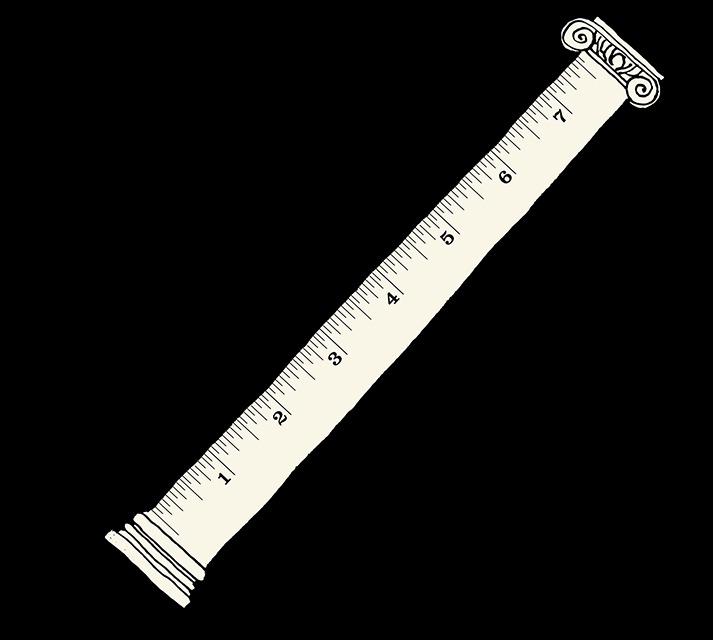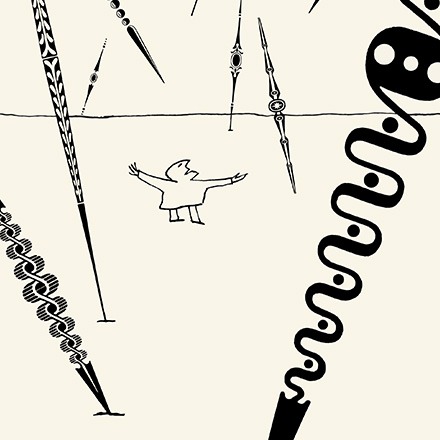The Rules of Genius #11: Use beauty as a yardstick
The world’s greatest scientists, philosophers, and artists agree: If an idea isn’t beautiful, it’s probably not innovative. They’re putting a special spin on the word beautiful by defining beauty as a quality of wholeness, or harmony, that generates pleasure, meaning, and satisfaction. A beautiful idea is often a great idea.

While beauty can’t be reduced to a pat formula, it can be best understood by viewing it as a system with three interactive elements: surprise, rightness, and elegance.
In everything we experience as beautiful, there’s a moment of surprise when we first encounter it. Surprise is the jarring pop of disrupted expectations—the jolt of rule #10. The pleasure, meaning, or satisfaction that follows this pop can be experienced as a warm glow, a slowly spreading smile, or the hair standing up on your arms. Physiologically, it’s a blast of serotonin to your central nervous system.
Rightness, the second element of beauty, is a kind of fitness for duty, a specific structure that allows the thing we’re encountering to align with its purpose.
Elegance, the third element, is a rejection of superfluous elements in favor of simplicity and efficiency. An elegant idea is one that has the fewest number of elements that allow the whole to achieve its purpose. The best ideas seem so perfect that they leave no room in the imagination for anything better.
When all three of these elements are working well together, an idea has enormous potential to improve the context in which it exists.
How can you create beauty in your own work? By shaping it according to the principles of design. Anyone can be a designer. All you need is the will and the skill to change an existing situation into a better one. The next section of the book lays out the basic rules.
Next week: Design quickly, decide slowly.
Decisions are easier with a range of possibilities.
The Rules of Genius is now a book with a bonus section called “How can I matter?” that includes 10 essential rules. Buy here.

